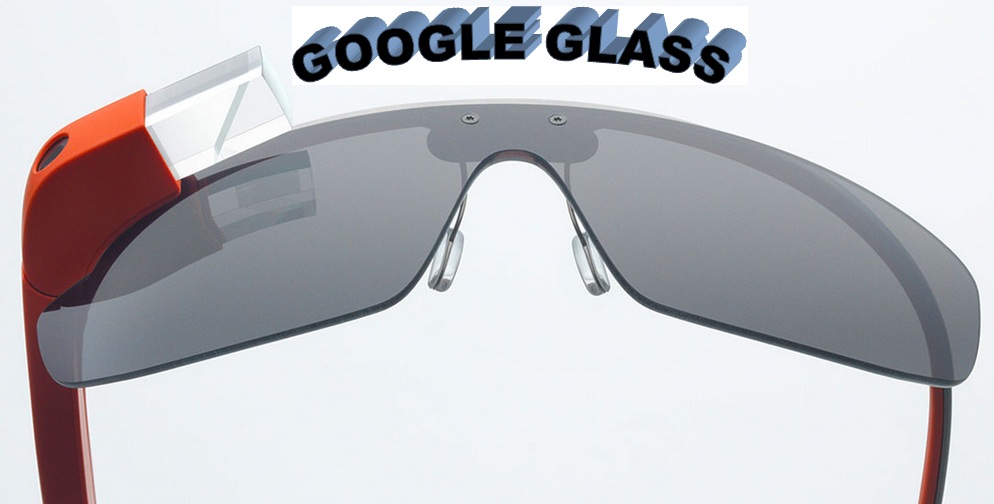Google Glass – New Revolutionary Gadget from Google
Once just a rumour, Google’s latest foray into the ever-expanding world of mobile communication will officially become a reality in 2013. With early versions currently in the hands of developers, Google Glass should hit the mass market by the end of the year. But what are we to expect from Google’s latest piece of gadgetry: a revolutionary step forward or a fault-ridden fad doomed to join the ranks of floppy discs and VHS tapes on the technological scrapheap?
The concept
The concept behind the Google Glass is to render many aspects of mobile technology more intuitive by giving wearers of the Glass headset the ability to take photographs and films, search the Internet, get directions, read and send messages, and hold video conferences on-the-go in front of their eyes by issuing several simple voice commands. Though the Glass must be paired with a mobile device in order to complete its functions, its innovation lies in its ability to provide wearers with information on a ‘heads up’ display by means of a small prism screen in the top right corner of the headset.
The hardware
The headset itself is lightweight and fairly streamlined, though its design still leaves a lot to be desired. What is truly impressive however, is the sheer quantity of hardware that has been packed into this fairly small device. With a microphone, touchpad, camera, speakers and Wi-Fi and Bluetooth capabilities, it is surprising that the device is not more bulky than it is right now.
Apps for the Google Glass
Although there are flaws in the design and functionality of the Google Glass, this has not deterred app developers from experimenting with the seemingly endless possibilities that have arisen as a result of the Google Glass creation. From live news, traffic and travel updates while on the go to real-time translation services while abroad, developers are continually coming up with new and exciting ways that the device could be used once on the open market.
The downsides
The lifespan of the somewhat clunky battery pack is rather minimal, which has compromised its functionality considerably. Similarly, the quality of the display has been criticised for being subpar and the headset itself still looks very much like a prototype, lacking the air of elegance and sophistication that wearers may have expected. Some eyewear manufacturers like Luxottica Group has taken a notice of this and are currently developing their own high-tech eyewear (read more here), which in turn has increased company’s stock value.
At the same time, while it is the first of its kind, Google Glass’ reliance on a smartphone connection means that at present, it appears to be little more than an extension of current mobile technology. It seems there is little to persuade consumers to invest an undoubtedly considerable amount of money (developer’s versions have been sold at $1,500 each) for something that merely puts their smartphone functions in front of their eyes; it will need what some have coined a ‘killer use’ in order to be truly appealing.
The verdict
Watch this space. While Google Glass is an exciting prospect, its flaws will have to be ironed out and functionality improved if it is to revolutionise mobile technology forever.
Author Bio
This guest post is written by Emily Johnson. Emily is a freelance editor and passionate technology blogger.
Follow Emily Johnson Twitter














Leave a Reply